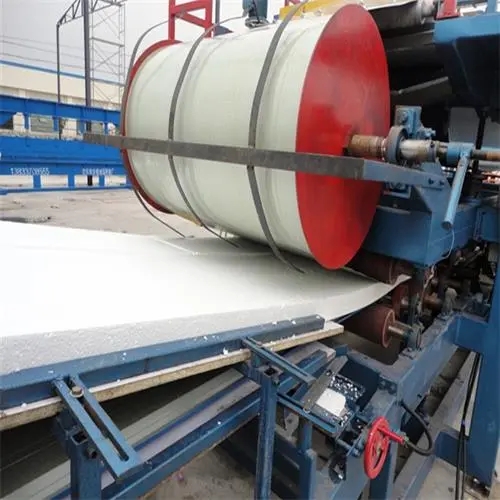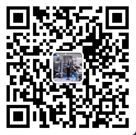Understanding the Corrugated Sheet Rolling Machine A Key Player in Modern Manufacturing
In the realm of modern manufacturing, efficiency and precision are paramount. One of the most vital machines facilitating these requirements is the corrugated sheet rolling machine. This specialized equipment plays a crucial role in the production of corrugated sheets, which are widely used in various industries, including construction, packaging, and automotive.
What is a Corrugated Sheet Rolling Machine?
A corrugated sheet rolling machine is designed to convert flat metal sheets into corrugated forms, enhancing their strength and making them suitable for a diverse array of applications. The machine utilizes rollers to create uniform waves in the metal sheets, resulting in a product that is both lightweight and structurally sound. The corrugation process increases the rigidity of the sheets, allowing them to bear significant loads while remaining resistant to bending and twisting.
The Working Mechanism
The operation of a corrugated sheet rolling machine involves several steps. Initially, a flat sheet of metal, usually made of steel or aluminum, is fed into the machine. The rollers are adjustable to accommodate different sheet thicknesses and corrugation profiles. As the sheet moves through the machine, it passes between serrated rollers that shape it into the desired corrugated form.
The key parameters that determine the quality of the output include the speed of the rollers, the temperature of the metal, and the pressure applied during the rolling process. Advanced machines may incorporate computerized controls to ensure precision and consistency, allowing manufacturers to produce sheets that meet specific industry standards.
Applications of Corrugated Sheets
Corrugated sheets produced by these machines are extremely versatile. In construction, they are often used for roofing and wall cladding due to their durability and ability to withstand harsh weather conditions. Their lightweight nature makes installation easier while also reducing transportation costs.
corrugated sheet rolling machine
In packaging, corrugated sheets form the basis of sturdy boxes that protect goods during shipping and handling. The unique structure of corrugated sheets provides excellent cushioning, making them a favorite in the packaging industry.
Moreover, corrugated sheets are increasingly utilized in the automotive industry, where they are employed in the manufacturing of lightweight components that do not compromise on strength.
Advantages of Using a Corrugated Sheet Rolling Machine
1. Cost-Effectiveness By converting flat sheets into corrugated forms, manufacturers can optimize material usage and reduce waste, leading to significant cost savings.
2. Enhanced Strength The corrugated design inherently adds strength and durability to the sheets, making them suitable for a wide range of demanding applications.
3. Customization Modern corrugated sheet rolling machines offer a high degree of customization. Depending on the requirements, manufacturers can produce sheets with various corrugation patterns, thicknesses, and widths.
4. Improved Efficiency Automation and advanced technology in these machines facilitate quicker production times, allowing manufacturers to meet high demands without compromising quality.
Conclusion
The corrugated sheet rolling machine is a quintessential element of modern manufacturing, illustrating the intersection of technology and efficiency in producing high-quality materials. As industries continue to evolve and demand more robust solutions, the significance of this machinery is likely to grow. Embracing advancements in this field will not only enhance productivity but also ensure that manufacturers remain competitive in an ever-changing market. With the continued innovation in corrugated sheet design and production techniques, the future of manufacturing looks promising.







